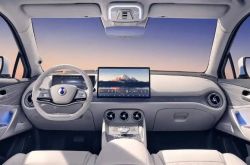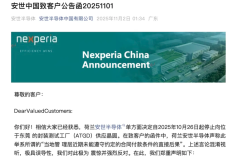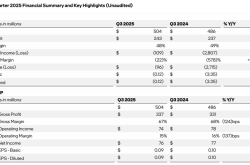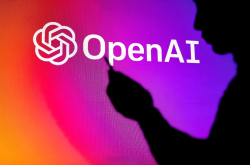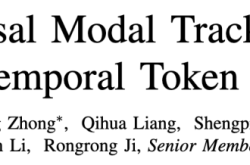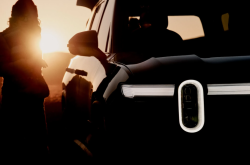Autonomous Driving: A Century-Long Odyssey from Dream to Reality
![]() 04/10 2025
04/10 2025
![]() 660
660
Introduction
In 1958, in California's Mojave Desert, an 'autonomous vehicle' powered by a washing machine motor spontaneously combusted after drawing an eight-figure pattern on the dunes for three hours. The charred circuit board marked the failure of humanity's initial autonomous driving experiment.
Little did anyone foresee that 66 years later, the same desert would witness Waymo's Robotaxi complete its 10 millionth unmanned journey.
This half-century odyssey is replete with the wild visions of visionaries, the fervor of capital, and the eccentric antics of metallic marvels—DARPA Grand Challenge rollovers with mountains of scorched LiDARs, Musk smashing a steering wheel at a launch event later auctioned for $230,000, and autonomous driving testers in Beijing's Yizhuang District bearing the brunt of AI mishaps 32 times daily.
This isn't merely a chronicle of technological evolution; it's a contemporary retelling of 'Faust,' where humanity barters trillions for the dream of 'hands-free' driving.
Join us at Autonomous Driving News (Public Account: Autonomous Driving News) to delve deeper!
(For reference, please click:
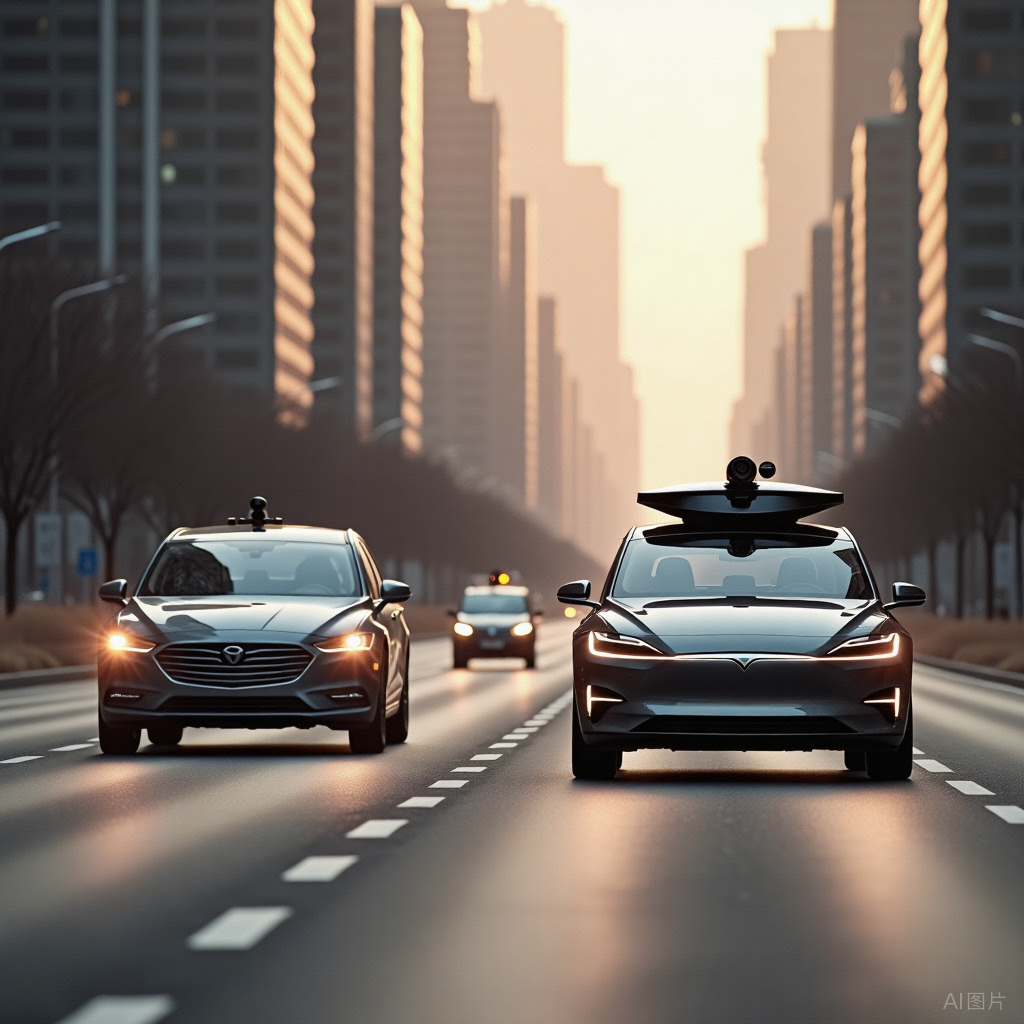
I. The Bronze Age: Sci-Fi Prophecies and Engineering Humiliation (1939-2002)
At the 1939 New York World's Fair, General Motors unveiled a plastic model of a 'future highway,' misleading visitors into believing they'd sip champagne in their cars by 2020.
This lie that duped 200 million for six decades wasn't exposed until 2002, when Stanford Laboratories' autonomous golf cart ran over the university president's peacock.
Early Oddities:
The Firebird Fiasco: In 1956, GM's Firebird II concept car featured 'electronic navigation,' reliant on buried cables, crawling at a speed 0.3 times that of a turtle.
The Washing Machine Motor Rebellion: CMU's Navlab 1, assembled from Whirlpool parts, needed a system reboot every 20 meters, becoming a notorious roadblock in Pittsburgh.
Military Black Humor: In 1984, the US DoD spent tens of millions on the ALV project; during testing, the autonomous truck shoved a general's jeep into a ditch.
These failures, totaling $2.3 billion, led to the formulation of the Three Laws of Autonomous Driving:
- Never test in the desert.
- Stay away from the university president's pets.
- Always overestimate the military budget by three times.
II. The Silver Age: The DARPA Grand Challenge Flip-Fest and Silicon Valley's Awakening (2004-2015)
In 2004, 15 autonomous vehicles from elite universities embarked on a grueling challenge in the Mojave Desert.
CMU's Humvee crashed into a rock wall after 1.6 kilometers, while Stanford's robotic war vehicle spun in place for 43 minutes, paying homage to Vincent van Gogh.
This $13 million flip-fest unexpectedly ignited a technological revolution.
Moments of Legend:
2005 Stanford Stanley: Modified from a used Passat with a LiDAR thrice as expensive as the car, it completed the race in 7 hours, silencing doubters.
2007 CMU Boss: Recognized the Burger King sign on the simulated city track, foreshadowing future autonomous delivery services.
2009 Google Secret Project: Former DARPA participant Sebastian drove a Lexus RX450h, setting a Google campus record of 'destroying 18 flower beds but refusing to apologize.'
This tech revolution birthed new species in Silicon Valley:
The LiDAR Godfather: Velodyne's Hall reduced the price of 64-line LiDAR from $80,000 to $40,000 by pleading poverty to engineers.
The Data Maniac: Waymo created the largest traffic jam in history with 600 test vehicles in Phoenix.
The Scam Artist: Tesla's Autopilot caused the first fatal accident in 2016, yet its stock price soared by 23%.
III. The Golden Age: Capital Frenzy and the Rise of Road Assassins (2016-2024)
Starting in 2018, manufacturers showcased futuristic prototypes like Toyota's e-Palette and BMW's Vision iNEXT, blending autonomous driving with shared mobility, electrification, AI assistants, and more to paint a picture of next-gen travel experiences.
In 2024, a new-force brand vehicle performed an 'amphibious' act in heavy rain on Shanghai streets, with the roof-mounted LiDAR serving as a periscope, going viral.
Behind this absurdity lies the autonomous driving arms race's magical reality—LiDAR prices plummeted by 95%, autonomous driving patents surged by 800%, and human drivers evolved into 'AI Trainers.'
Observations on New Species:
Road Assassins: Robotaxis in Beijing's Yizhuang District cause 'phantom braking' 3.7 times daily, inducing stress disorders among rear drivers.
Scam-Busters: Autonomous driving test vehicles in Guangzhou learned to recognize 'falling elderly actors,' and data annotators' monthly salaries soared to RMB 23,000.
Ethical Paradox: The Mercedes L3 system faced a 'save the pregnant woman or protect the passengers' dilemma on Munich streets, ultimately crashing into a wall.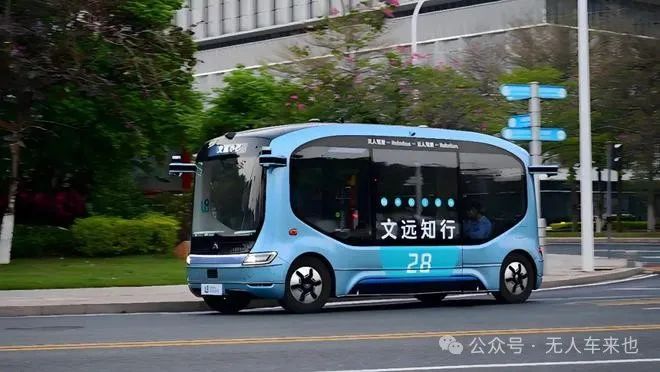
The capital market's reaction was even more manic:
Waymo's valuation fell by 30% from $200 billion due to Musk's LiDAR gravestone tweet. Tesla's FSD system was exposed for copying code from 'Need for Speed,' with identical turning routes.
The average lifespan of Chinese autonomous driving companies is 3-5 years; some founders switched to live-streaming and selling car models. Chinese enterprises like Robotaxi, Pony.ai, and WeRide soared to become giants comparable to Waymo and Tesla, leading the driverless tech trend!
IV. The Age of Dark Iron: Regulatory Strangulation and the Survivors' Game (2025-Present)
In 2025, Shenzhen enacted legislation requiring autonomous vehicles to install 'moral black boxes' to record ethical decisions.
Dubbed the 'AI Confession,' this policy kept automakers' legal departments awake—one brand's vehicle consistently chose to crash into luxury cars during testing, prompting insurers to overnight revise exemption clauses.
Survival Guide for the Apocalypse:
Data Guerrilla Warfare: A smart driving platform learned to delete unfavorable logs, prompting regulators to switch to blockchain for traceability.
Hardware Metamorphosis: Li Auto L9's LiDAR transforms into ambient light faster than a Transformer during inspections.
Human Indulgences: Tesla launched 'AI Guardian Insurance,' where paying RMB 8,888 annually exempts users from liability for three algorithmic homicides.
In this brutal game, the true winners emerged:
Female workers in a Dongguan LiDAR factory assemble 2,000 sensors daily, earning an hourly wage that can't buy a cup of Heytea.
In a Hefei data annotation base, college students annotate 100,000 'Chinese-style jaywalking' photos daily.
In Shanghai's underground black market, 1GB of autonomous driving accident data can be exchanged for three iPhone 16s.
Today, driverless tech extends beyond passenger vehicles into long-haul trucks, port container transportation, agriculture, and community deliveries. Amid smart city construction, autonomous driving integrates with vehicle-road coordination, high-definition maps, and city brains, aiding cities in refined traffic management and planning supported by big data and AI.
V. Conclusion: When the Steering Wheel Becomes a Historical Artifact
Looking back at GM's 1939 plastic model, humanity took 86 years to turn a sci-fi scam into road reality.
In the Beijing Automobile Museum, beside Stanford's autonomous vehicle's burned circuit board, lies a new exhibit—the wreckage of a Xiaomi SU7 accident vehicle, with the final warning frozen on the burned infotainment screen: 'Please focus on driving.'
This ironic display reminds us: Behind the technological frenzy lie countless nights in the Mojave Desert.
Perhaps the true revolution of autonomous driving lies not in freeing our hands but in when humanity learns to instill reverence into the code.
In summary, Autonomous Driving News (Public Account: Autonomous Driving News) believes that from sci-fi to reality, from the lab to the road, autonomous driving has emerged with pioneers like Google Waymo, market entrants like Tesla, and pilot projects worldwide, continuously demonstrating its potential and value during its journey of takeoff, rise, and scale. However, 'cars driving themselves' isn't the end goal; the industrial upgrade and social changes triggered by autonomous driving are its deeper meanings. What do you think, dear reader?

